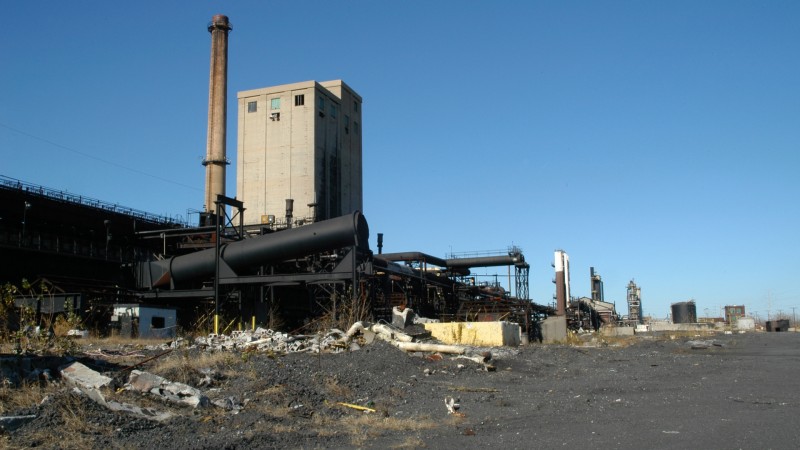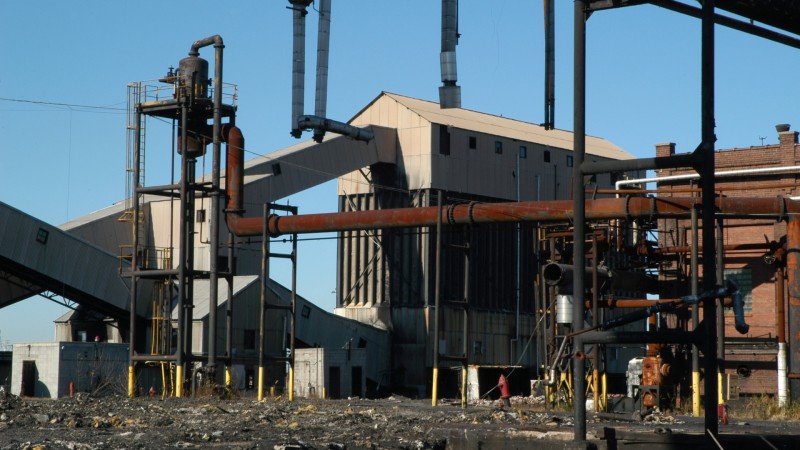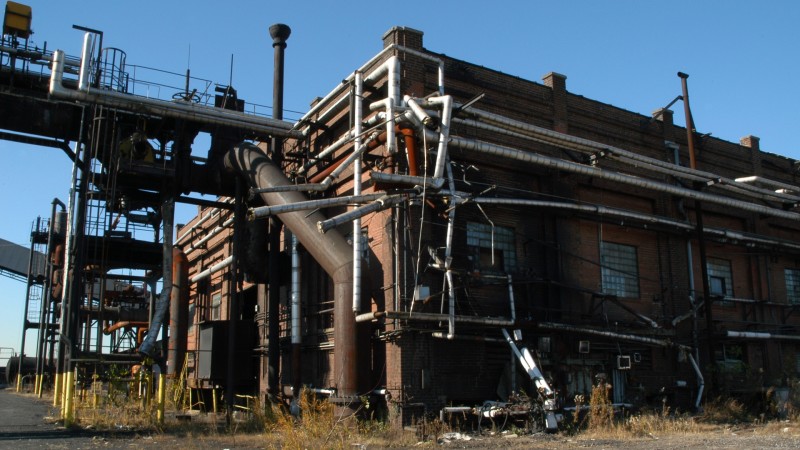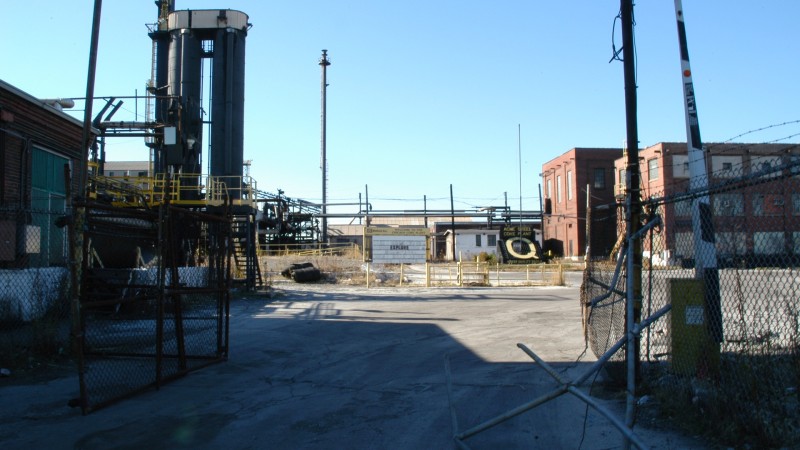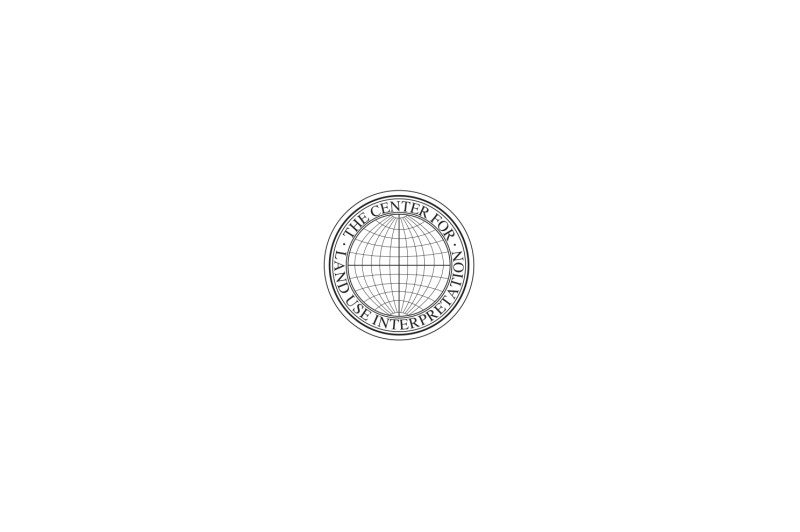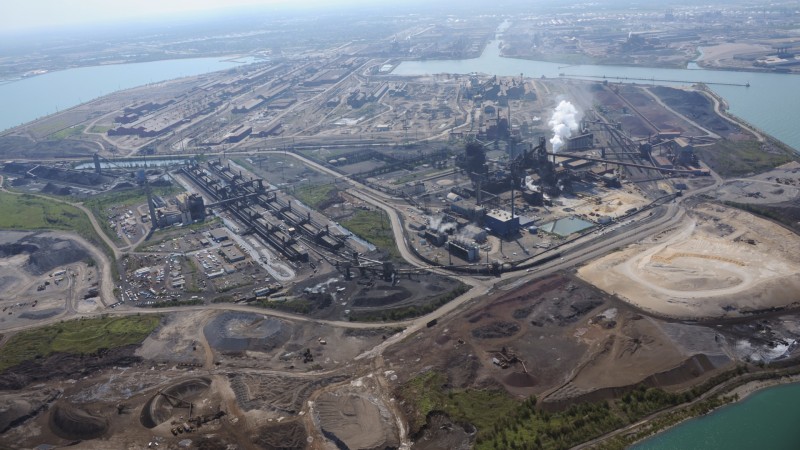
Indiana Harbor, east of Chicago, is the largest steel complex in the USA, producing 10 million tons of steel per year.
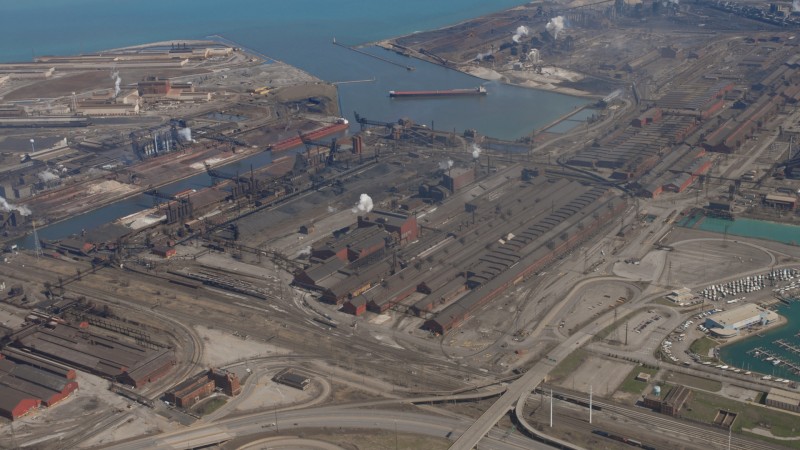
Historically it was two separate plants, now known as the East Works, and the West Works.
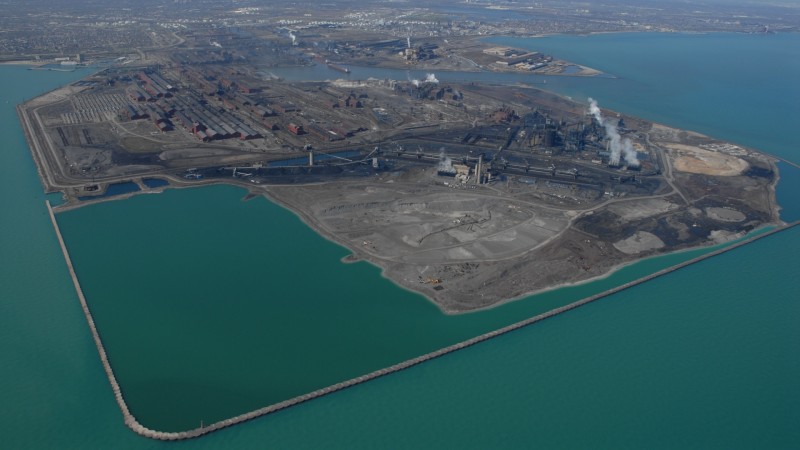
The East Works was established by Inland Steel in 1901, and by 1961 it had over 20,000 employees.
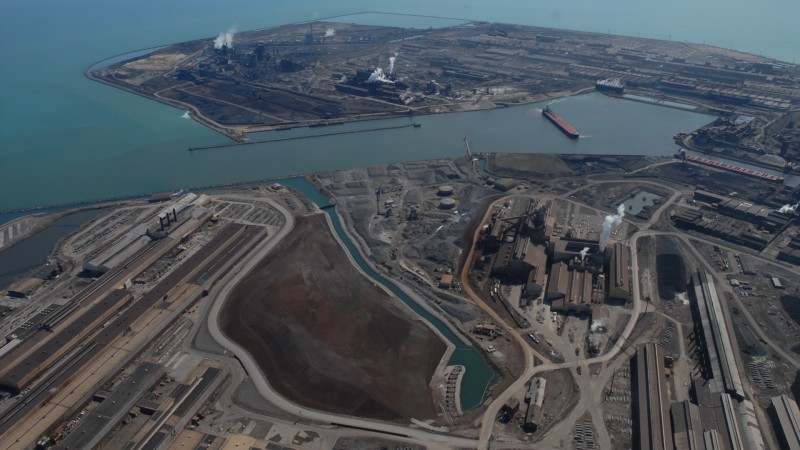
The newer and smaller West Works was founded in 1923 by the Youngstown Sheet and Tube Company, which became part of LTV Steel in 1984.
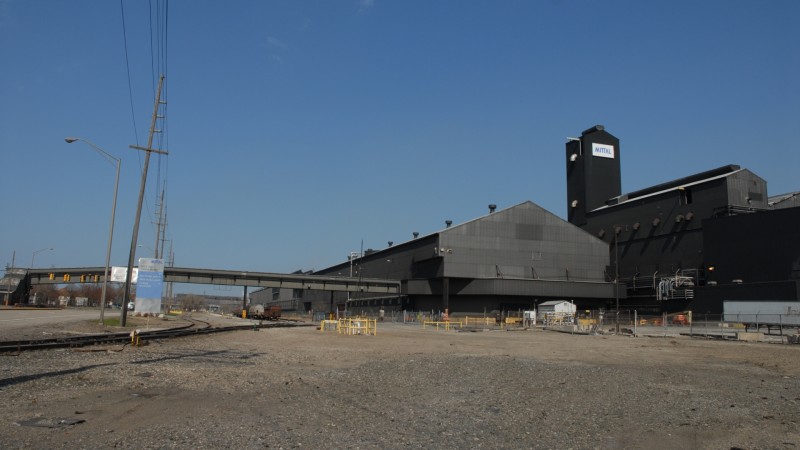
Mittal, an India-based international steel company, has owned both since 2004.
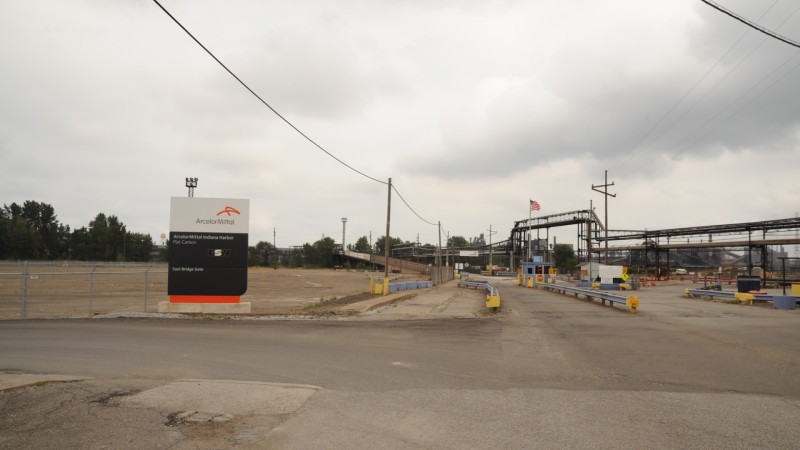
Mittal and the European steel company Arcelor merged in 2006 to become ArcelorMittal, the world’s largest steel company.
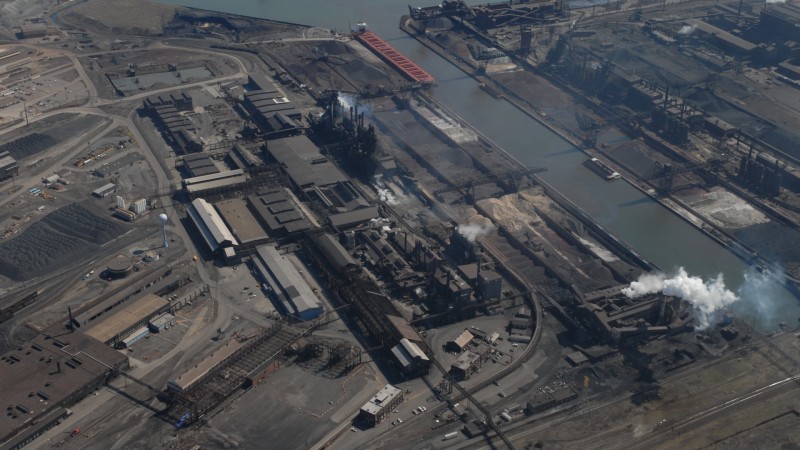
There are five blast furnaces operating at the site, two on the west side and three on the east.
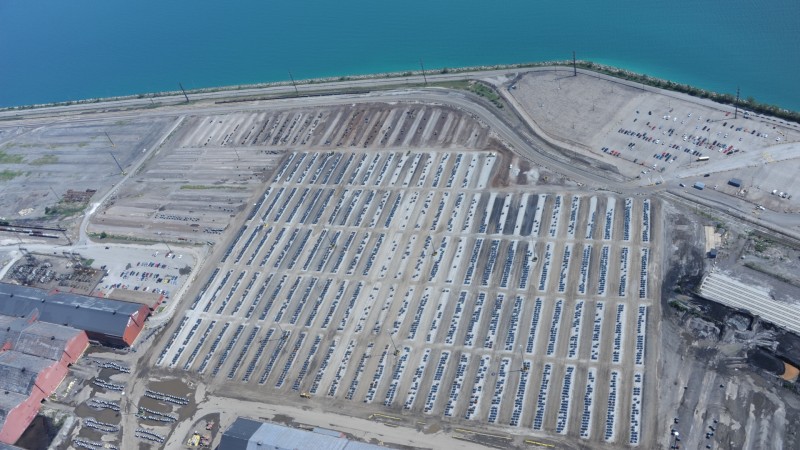
Overall the plant mostly produces wide strip steel and rolls of sheet metal for the automobile industry.

Coal-related operations, including a power plant and a long battery of 268 coke ovens, dominate the north tip of the artificial peninsula.
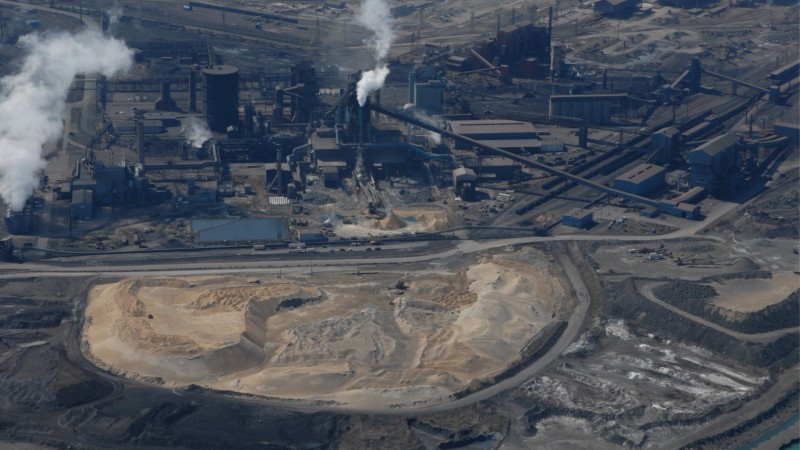
The coke works is one of the largest in the nation, generating 1.2 million tons of coke per year. Coke is used to create iron, which is the source for around 25% of the steel produced here.

Steel scrap makes up 75% of the raw material for new steel, and scrap operations abound in the region.
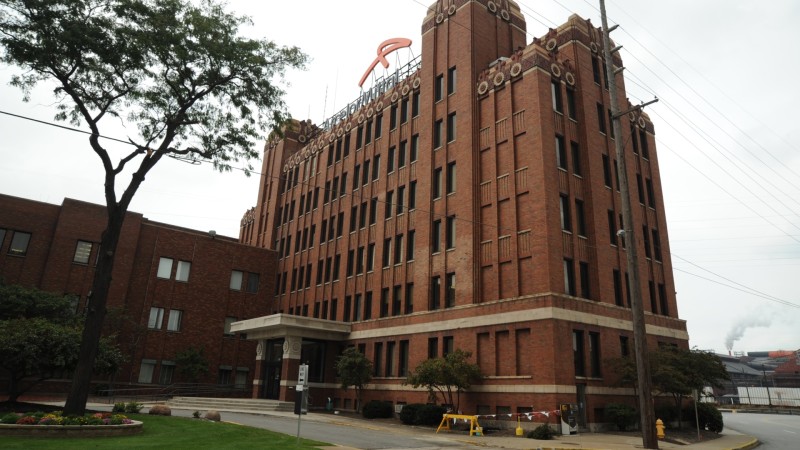
The former Inland Steel Company headquarters is now ArcelorMittal’s local administration building.
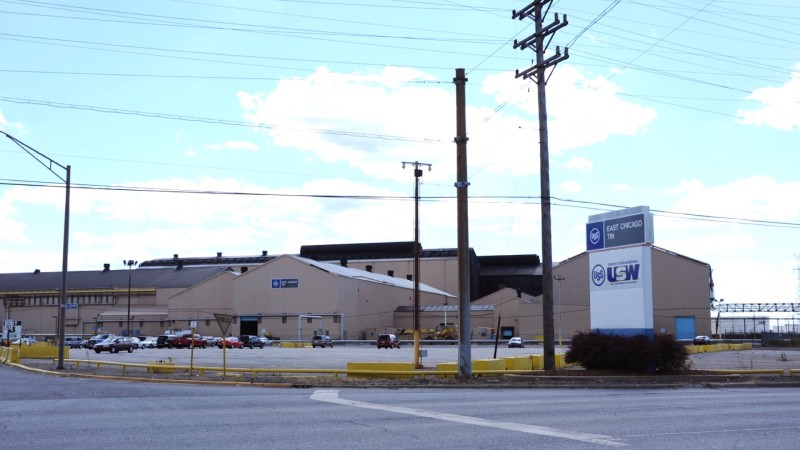
U.S. Steel operates a tin mill on the edge of the Indiana Harbor Plant, making tin cans for the food industry.

Marktown is an unusual small worker’s village surrounded by the plant, built in an English Garden City style in 1917. It is one of a number of planned worker communities in the region.
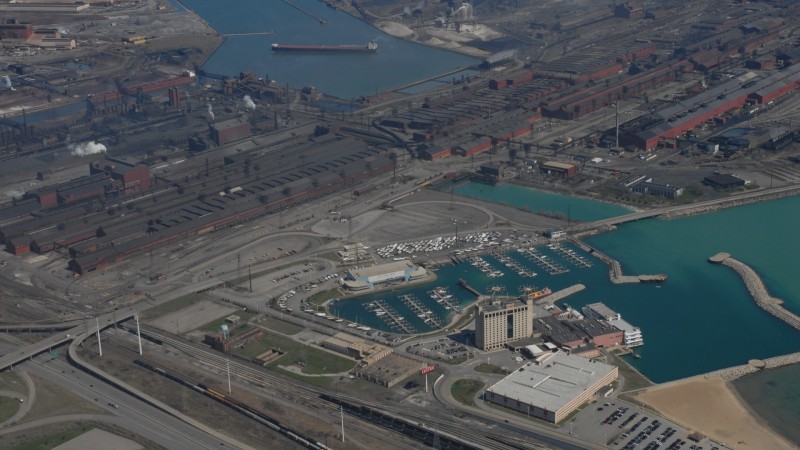
At the eastern edge of the plant is a brief stretch of publicly accessible shoreline and the Ameristar Casino.
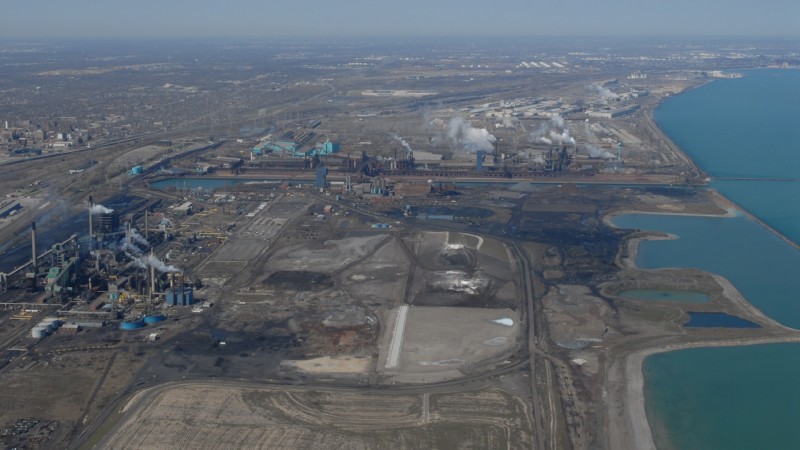
The Gary Works of U.S. Steel is the second largest steel works operating in the USA, producing 7.5 million tons of steel per year.
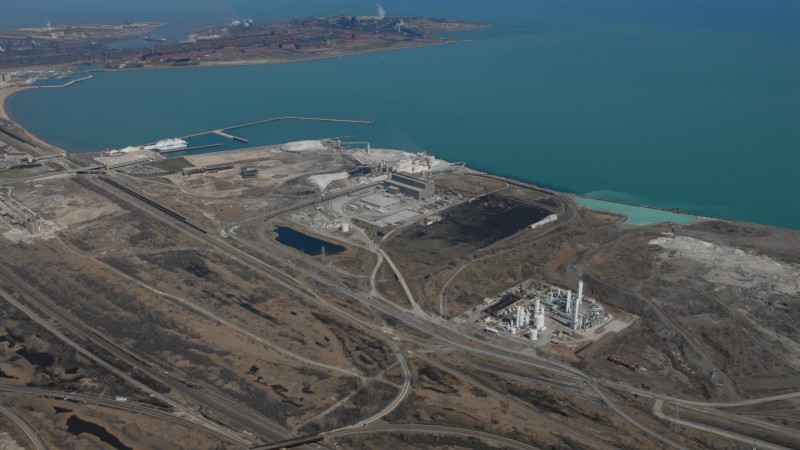
It is separated from the Indiana Harbor Works – the largest plant – by a mile of beach bookended by casinos.
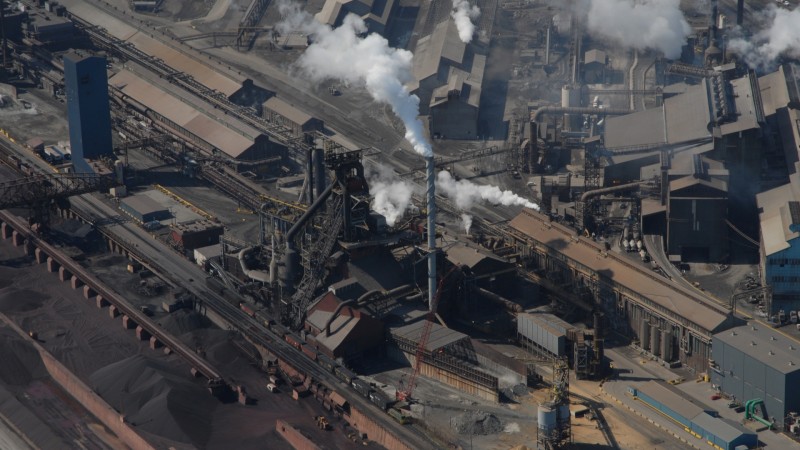
Over the course of its century, the plant has been the largest steel mill on earth, in the late 1930s exceeding the output of all of Germany.
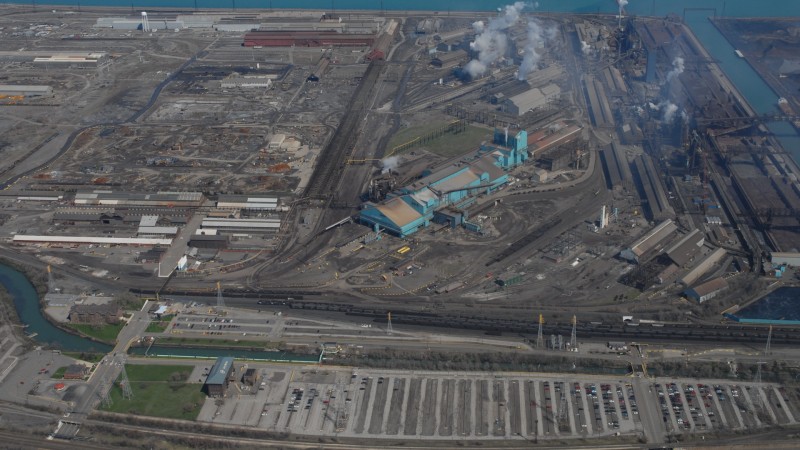
It employed 30,000 people in 1970, and employs more than 6,000 people today.
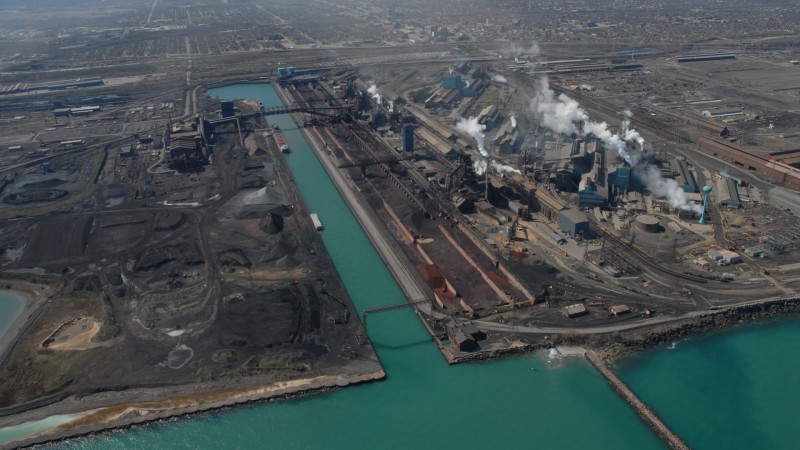
The heart of the plant is along a canal, the slip, with a turning basin at the end.
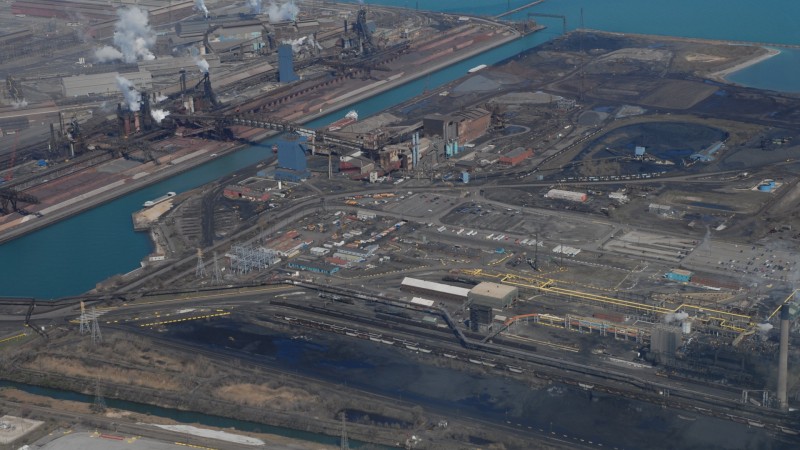
This is the port for the plant, where coal arrives by barge, along with taconite iron ore from the company’s mines in Minnesota.

On the west side of the canal are four blast furnaces.
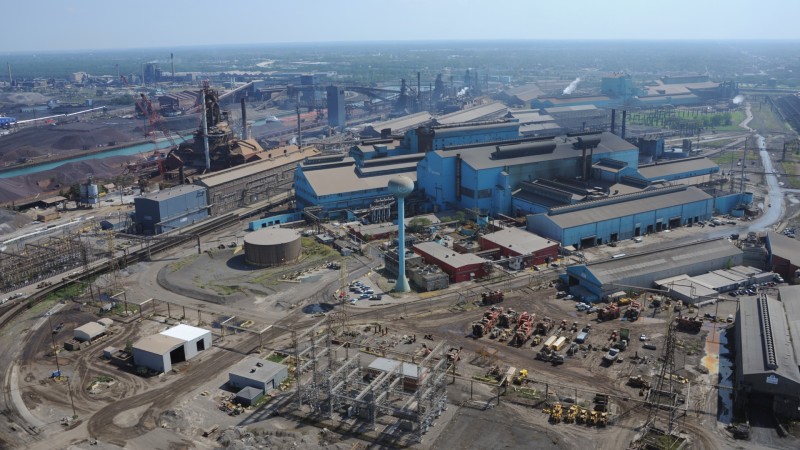
The basic oxygen furnace shop is a more modern steel making plant.

The coke works includes three oven batteries which provide up to 1.3 million tons of coke per year.
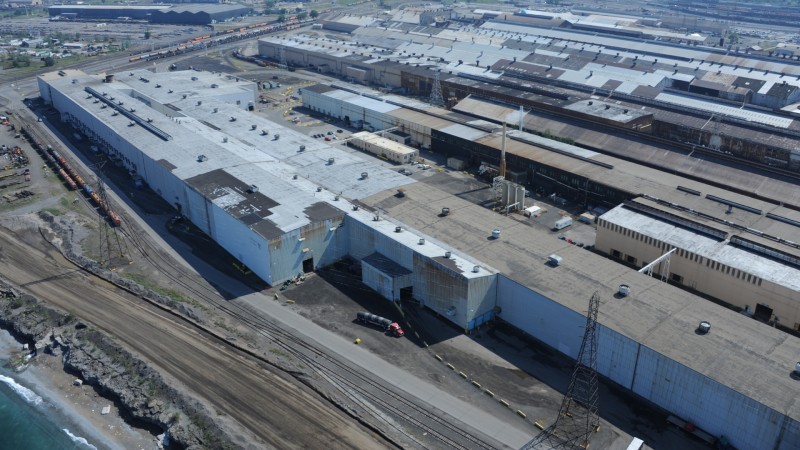
Extensive sheds at the site contain sheet and tin mills, pickle lines, reduction mills, hot rolled temper mills, annealing facilities, and other processing facilities.
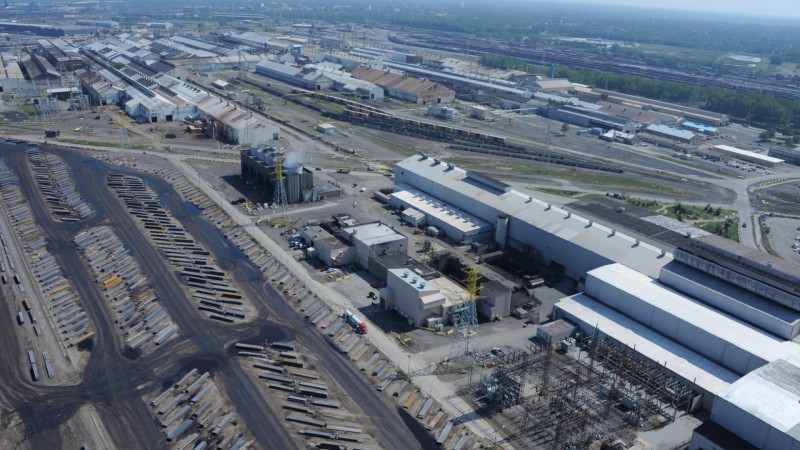
Finished slabs are stored outside.
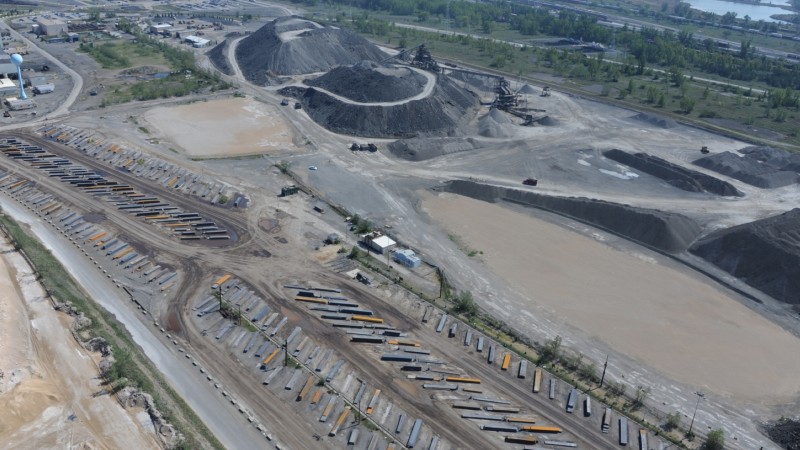
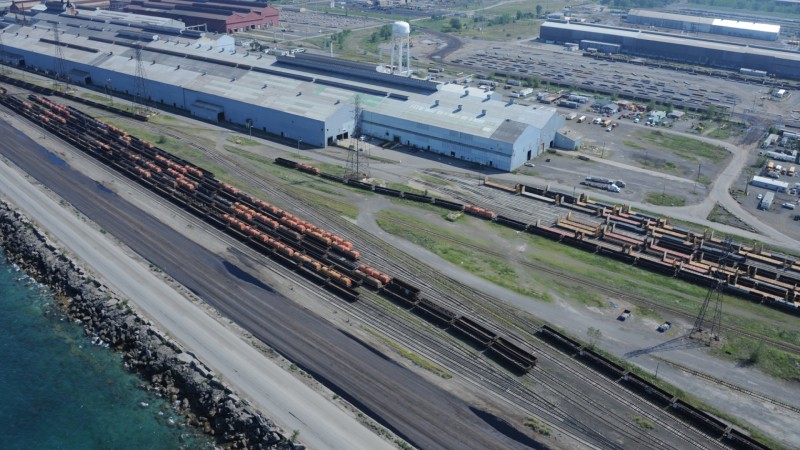
Raw materials and finished products come and go by rail.

The rail yards are extensive.
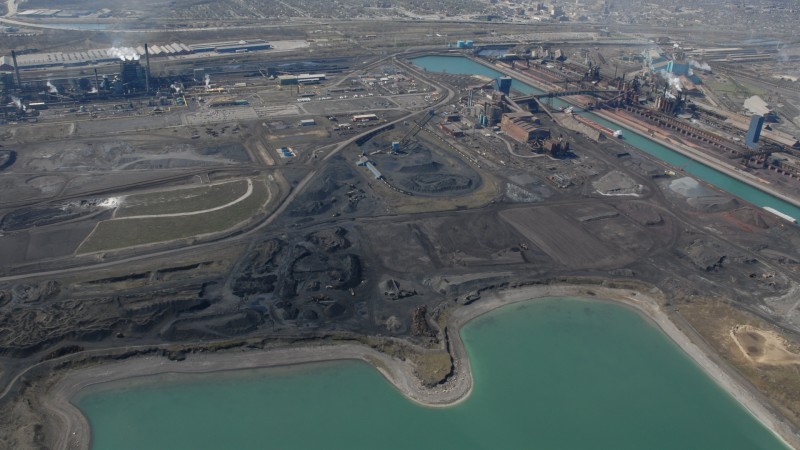
The original 20 square miles of virgin dunes and shoreline bought by U.S. Steel in 1905 to develop the plant has been completely transformed.
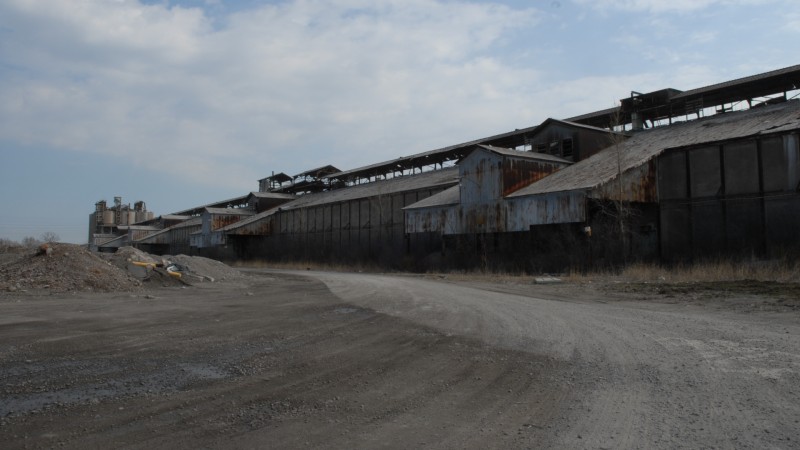
Mills and other facilities have been built and demolished over the years.
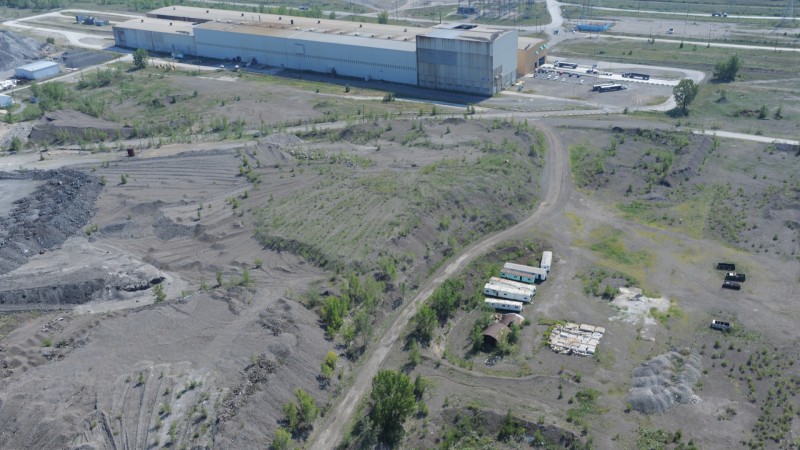
Much of the landscape has been dug up, churned over, and recontoured.
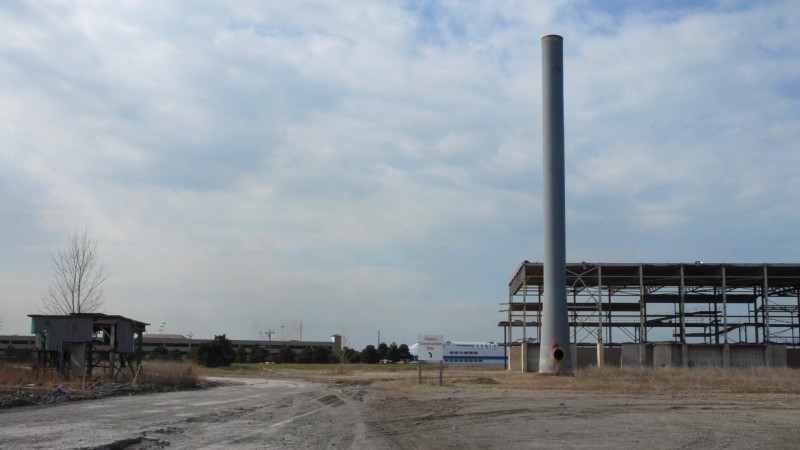

Outside the fence and beyond the Great Calumet River which protects the plant like a moat is the city of Gary.
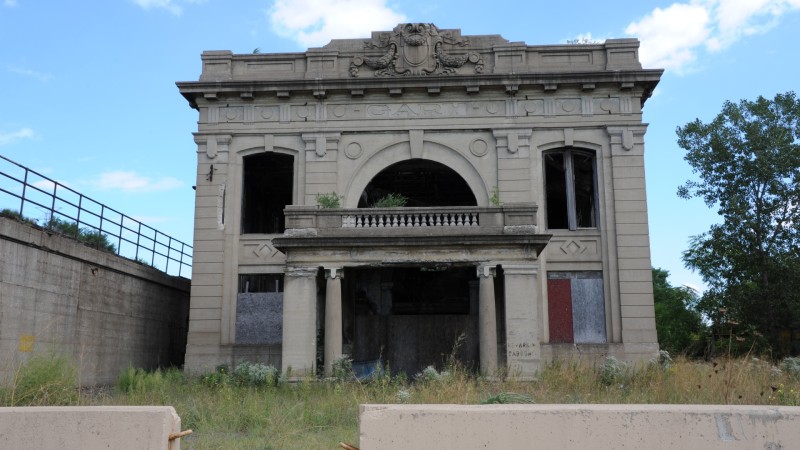
Gary was also developed by U.S. Steel and was once America’s largest company town.
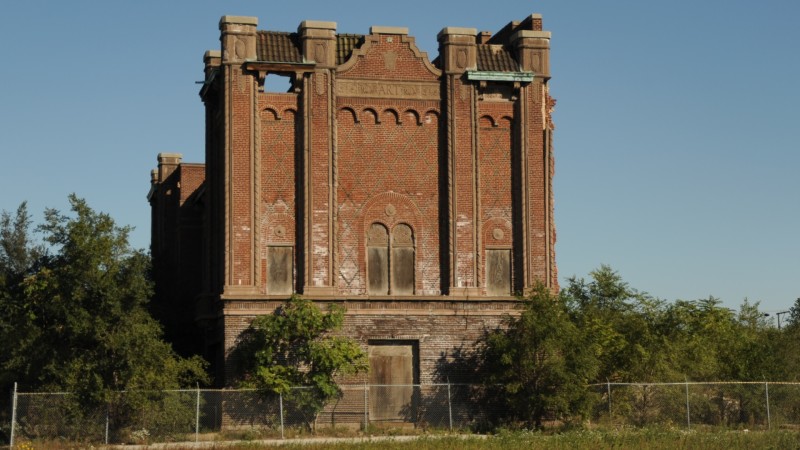
By the late 1990s Gary was officially the most dangerous city in the nation. One out of every thousand people were murdered.
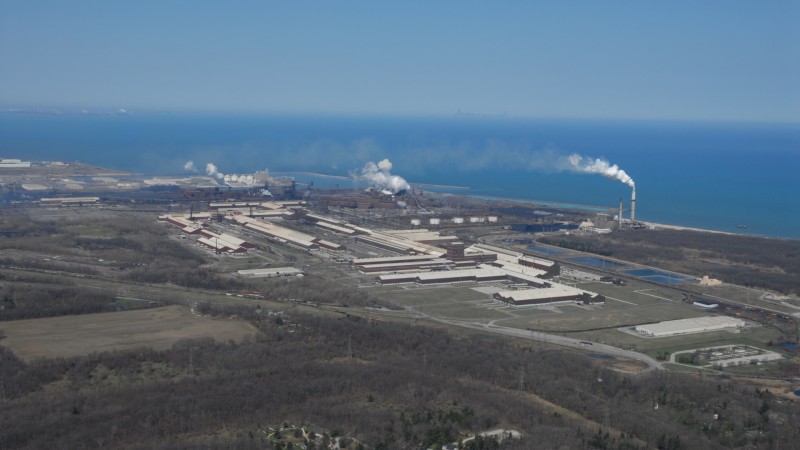
Five miles east of the perimeter of Gary Works is Burns Harbor, the third of the three large steel plants along the Lake Shore.

This was the last large integrated steel plant to be made in the USA, built from scratch by Bethlehem Steel in 1964. It produces 4.7 million tons of raw steel per year.

It was built in an attempt to compete with the other Old Steel companies that were prospering along the Lake Shore, with water access for bulk materials for steel: coal, limestone, and iron ore.

The plant has two blast furnaces and a modernized coke oven battery.
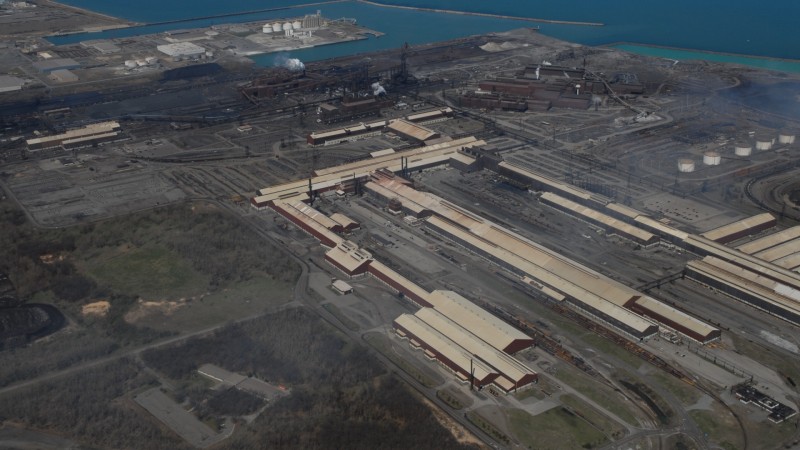
Sheds contain plate and strip mills, coating lines, annealing and tempering mills, and other treatment facilities.
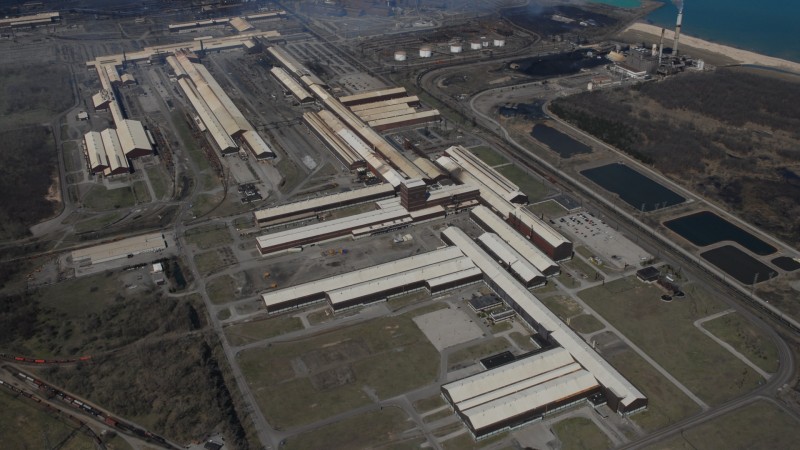
The plant provides steel to the automobile, tube, pipe, shipbuilding, drum, appliance, HVAC, tank, and rail car-making industries.
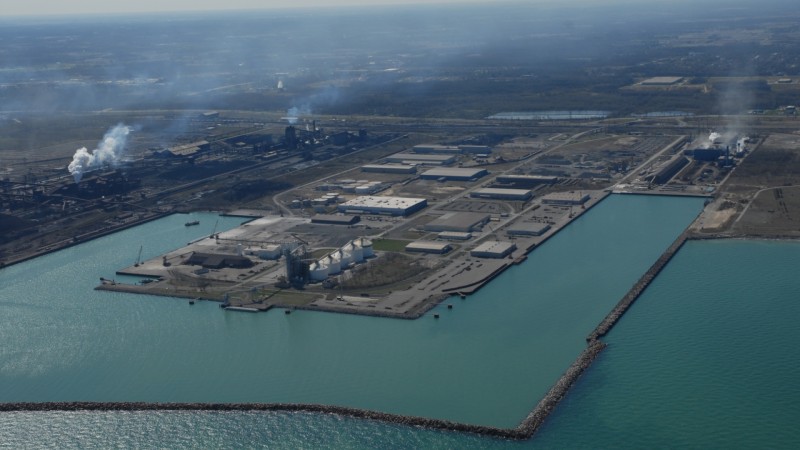
The harbor, built for the plant, is operated by the city of Burns Harbor.
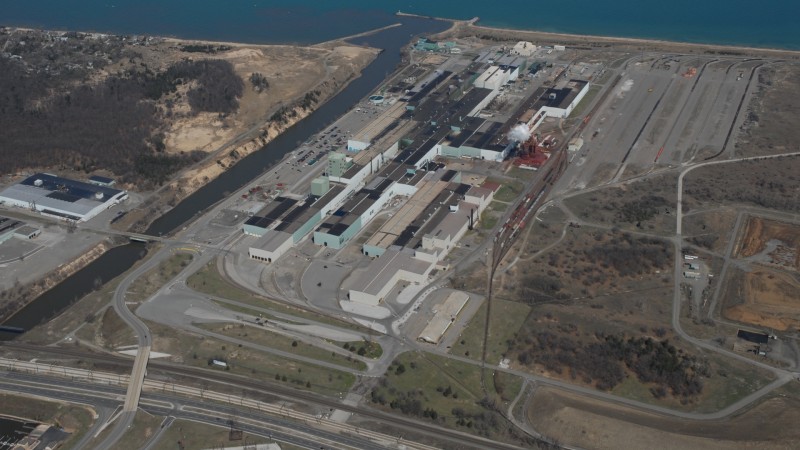
U.S. Steel operates a large finishing mill next to the harbor.
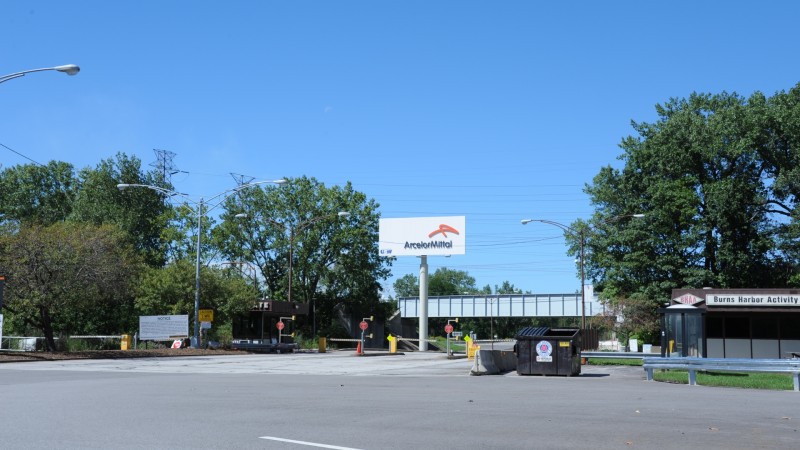
Bethlehem Steel was bought by ISG for $1.3 billion in 2003, and Mittal bought ISG for $4.5 billion in 2004.
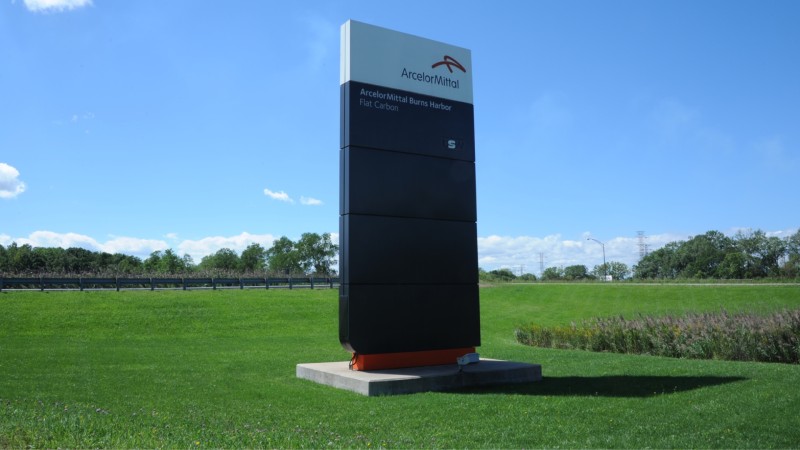
Like Indiana Harbor, Burns Harbor is now owned by ArcelorMittal.
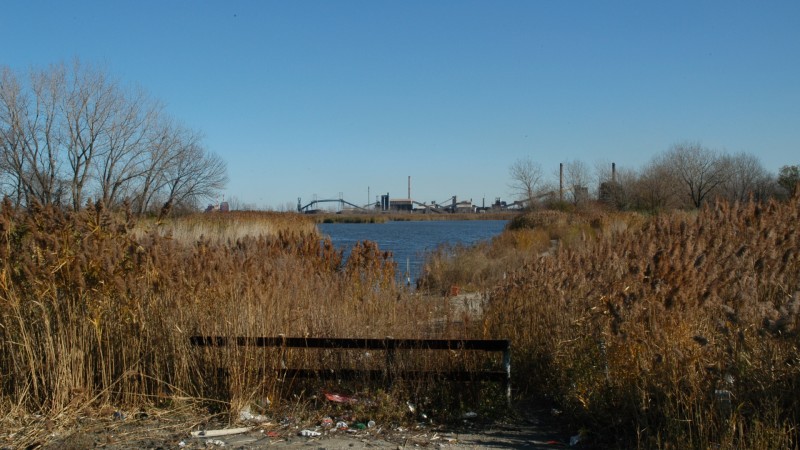
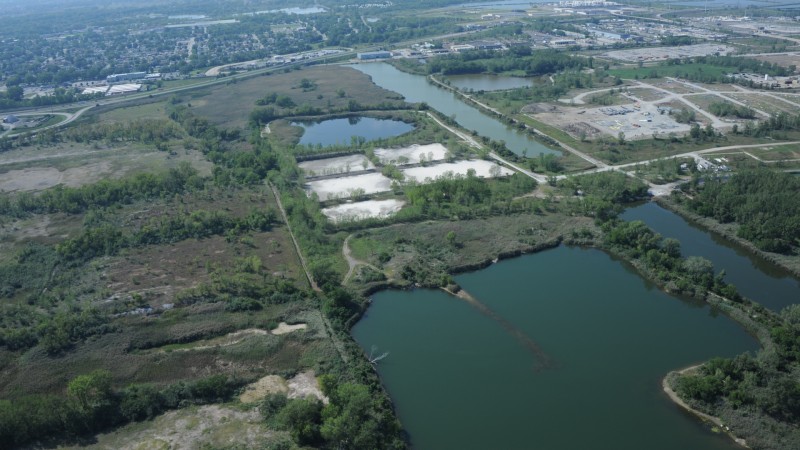
The region where the Calumet River meets the Lake Shore, on both the Indiana and Illinois sides of the state line, is a superlative industrialized and post-industrialized area.
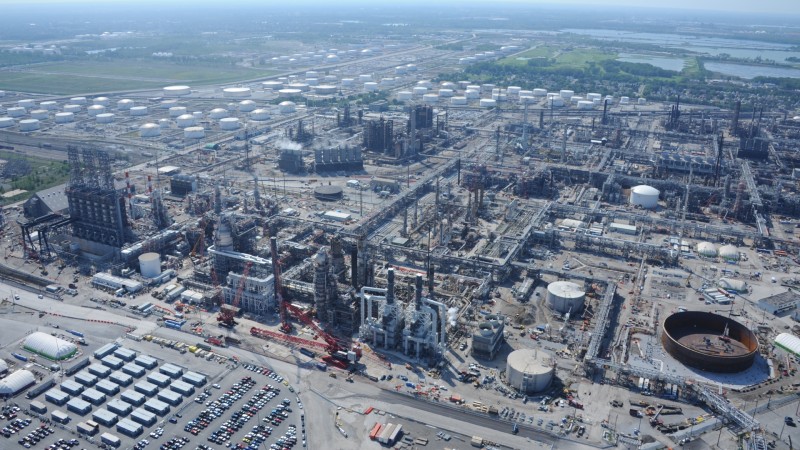
It’s a region that includes the large steelworks at Indiana Harbor, one of BPs largest refineries, the former industrial town of Pullman, and many former steel works.
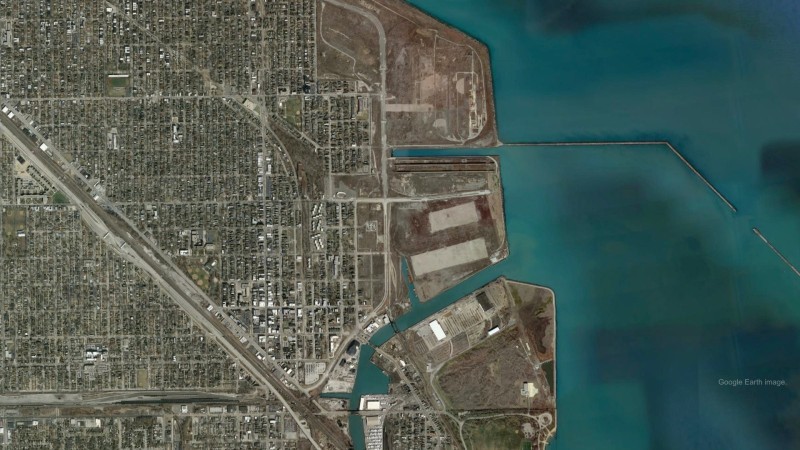
U.S. Steel’s South Works, at the mouth of the Calumet River, has been largely erased, in the 1990s, after more than a century of operation.
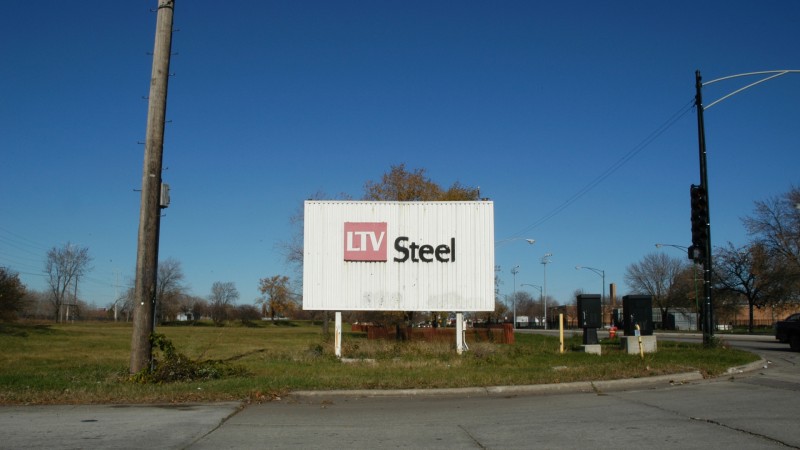
Three miles up river, LTV Steel’s former coke works on the Calumet lies abandoned.

Next to it the former Republic Steel South Chicago Plant is also abandoned.
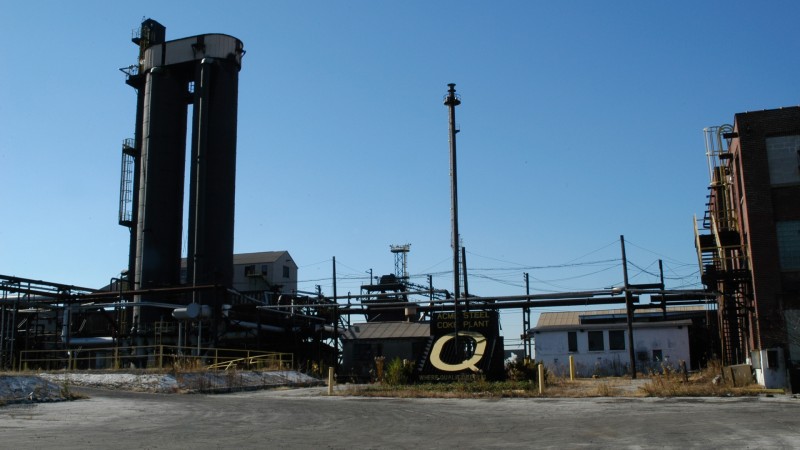
On the other side of the channel lies the site of the ACME Coke plant, which preservationists sought to save as a relic to commemorate the steel industry of the region.
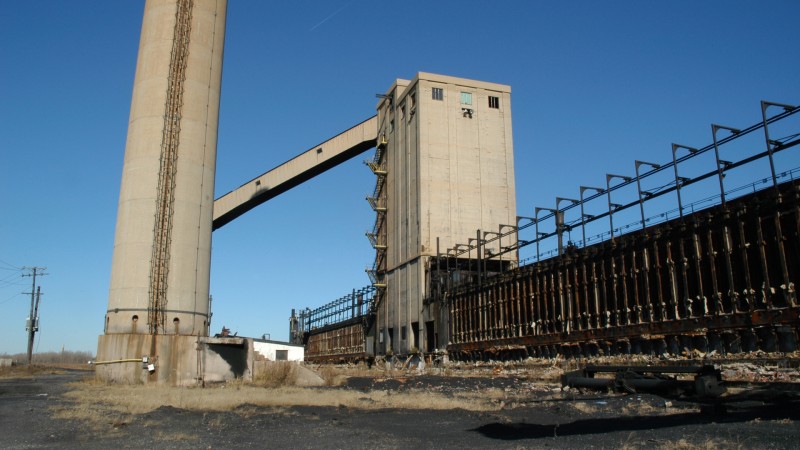
The plant ceased operation in 2001, and was left orphaned by the bankrupt Acme Steel Company, which had a plant another few miles up the Calumet - abandoned too.

Attempts to preserve it failed after political will and resources never materialized.
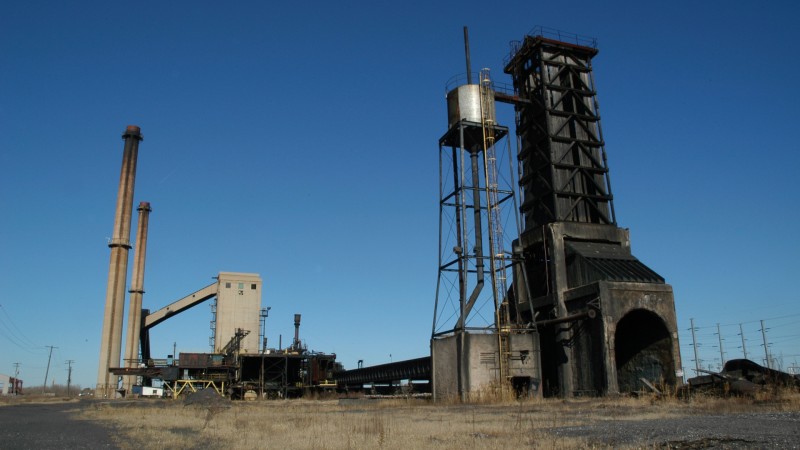
Over recent years it has slowly been demolished, and unofficially explored.
